#Western Red Cedar
Text



walk this way..
202 notes
·
View notes
Text

Photo by Lawrence Smith
128 notes
·
View notes
Text

Trees are trending, it is a most fabulous day
36 notes
·
View notes
Text
Farewell to an Old Cedar–and Hello to a New One
Originally posted to my blog at https://rebeccalexa.com/farewell-to-an-old-cedar-and-hello-to-a-new-one/
Last Wednesday I had the opportunity to do some volunteering with Willapa National Wildlife Refuge. As the weather has finally turned better, with some warm, sunny days mixed in with the rain, it’s made conditions more favorable to getting outside. So when I got the email asking if I wanted to help plant some cedar trees, I jumped at the chance.

Western red cedar (Thuja plicata) is my very favorite tree. It’s not a true cedar, instead being a member of the cypress family Cupressaceae. But there’s something about the red-tinted bark powdered with Cladonia lichens, and the flat, scaly green needles that appeals to me. Maybe it’s because it’s some of the best of the coloration of Pacific Northwest forests all wrapped in one tree. Or perhaps it’s because I loved eastern red cedar (Juniperus virginiana) so much as a child, and I’ve just developed a fondness for cedars that aren’t actually cedars.
We have only a few tiny patches of old-growth forest here in the extreme southwest corner of Washington, mostly populated with ancient cedars and a few very old Sitka spruce (Picea sitchensis). My first real look at old-growth forest here was Teal Slough, a section of Willapa NWR that protects 140 acres. These ancient trees very nearly ended up logged a few decades ago, but for the heroic efforts of historian Rex Ziak. In the pre-internet times he spent months tracking down the then-corporate owners of this tract of land, and managed to convince them to cease logging with a letter, a photograph, and a rope loop the same circumference as one of these massive old cedars. (It’s a pretty incredible story that I got to hear him tell in person at Wings Over Willapa a few years ago.)
It really was at the eleventh hour, though. One of the first things an astute naturalist will notice when arriving at Teal Slough is that almost all of the trees are either very old–or very young. That’s because the undergrowth had been bulldozed in preparation for chopping down the couple dozen big trees left. It’s rebounded in recent years, but there are tons of scrawny young western hemlock trees (Tsuga heterophylla) along with a scattering of young cedars.
Adding more cedars was our original goal for that morning, which was cool but sunny. We brought ten young trees with us, but stopped at the old Refuge headquarters just down the road from Teal Slough. It turned out that the place we were originally going to plant them was where the old logging road cut through, and the heavy gravel made digging by hand impossible. So we planted eight to create a windbreak at the old HQ, which is itself going through a slow metamorphosis, and tucked the other two back into the truck.
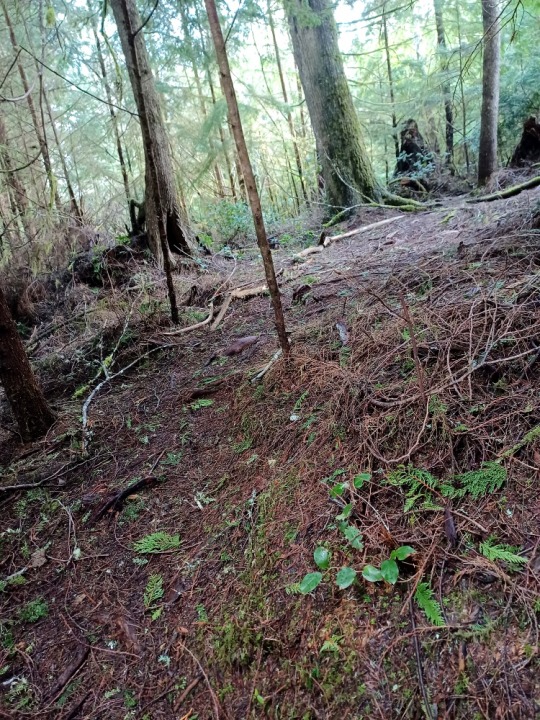
And then it was time to head to Teal Slough itself. While we couldn’t plant trees, we could still pick up debris from the storms that came through. The bigger branches and fallen saplings made good material for outlining the trails, making them more visible to visitors. While the old logging road is pretty obvious, some of the footpaths that diverge off the main trail to showcase big trees further back in the woods were getting tougher to discern. So we spent some time lining them with some of the windfallen materials.
But I also want to touch on the original reason we were slated to go out there that day. See, those young cedars were originally going to be used to help start to close off the last hundred feet or so of the trail. This last bit leads down to one of the biggest of the cedars at Teal Slough, and–to be quite honest–my favorite.

As it turns out, she’s not doing so well. She’s been rotted out inside for some time; this is normal, of course; in many cases an old tree can survive its heartwood rotting away completely, since that wood is dead. But this old cedar has been beginning to lean noticeably toward the northwest in recent months. There’s no disruption at ground level yet, no cracks in the earth or roots bursting forth to the surface. A Refuge employee was on the trail a few months ago during one of the vicious windstorms we’ve had over the winter, and he noticed this tree swaying more than usual.
We don’t know when she’ll fall. It might be later this year; it might not be for another century. But it was decided that the trail to her should be closed off just in case she came down when there were people around. A massive tree of this size would be quite a danger indeed; the day after our volunteering a logger was killed in the Willapa Hills after being hit by a much smaller tree. Even a section of this tree coming down at the wrong time could be disastrous. And beyond a certain size there’s really no way to buttress such an enormous thing, especially when it’s located on a slope of super-saturated soil.

We walked down the trail to where she still stood with her much younger hemlock “buddy tree” growing out of her side; many of the old cedars have similar hemlock companions. It was apparent she was listing more than I had seen her in the past, and there seemed to be a little more space between her and her hemlock. We all spoke of how magnificent she was, and how sad that it seemed she was nearing her end.
I lingered behind for a moment while everyone else moved the “End of Trail” sign back up to where the path would be cut off. It was my last moment to be up close and personal to this beautiful old cedar. While technically, yes, I could still steal up the path before it was completely planted or fenced or however the Refuge will eventually close it, I respect their decision and decided this would be my farewell. I told the tree how much I had enjoyed visiting her, and thanked her young hemlock as well. I touched the lichens that adorned her furrowed bark, and looked up at the broken crown of branches at her top.
Then I turned, with many glances backwards at a Eurydice I would never be able to bring home. I dragged with me a young alder that had fallen in a storm, and added it to the small pile of branches placed across the trail as a temporary barrier. And we headed back down to the road, with the sound of a pileated woodpecker (Dryocopus pileatus) rapping high overhead, and a rough-skinned newt (Taricha granulosa) waiting for us at the trailhead.
I don’t know when the old cedar will finally fall over, but when she does her death will not be in vain. Like all fallen trees, the countless molecules she accumulated over a millennium of life will slowly start to disperse throughout the forest through the actions of detritivores and decomposers. She will feed bacteria and fungi, insects that then become food for birds, and a whole host of plants that will make use of the vast stores of nutrients she holds, and the sunlight that her passing will reveal to the forest floor. Nothing ever goes to waste in a forest, not least of all a fallen tree.

As we drove back down 101 toward the new headquarters, I gave a glance to where we had planted the young cedars. I would never live to see them achieve that great stature; in fact, not all of them may even make it to maturity, especially if cedar die-back continues in our too-hot summers. But it is hope that allows me to continue to plant new things amid loss. I cannot help but try, even against the odds. And I can do two things at once: I can mourn the eldest of the trees as she makes her literal last stand, and I can also loosen the soil for one of her relatives to set roots and grow.
Did you enjoy this post? Consider taking one of my online foraging and natural history classes or hiring me for a guided nature tour, checking out my other articles, or picking up a paperback or ebook I’ve written! You can even buy me a coffee here!
#Pacific Northwest#PNW#Washington#Washington State#western red cedar#old growth forest#forests#Thuja plicata#nature#environment#conservation#trees#Willapa National Wildlife Refuge#wildlife refuge#volunteering
90 notes
·
View notes
Text






Western red cedar, California 2022
287 notes
·
View notes
Text

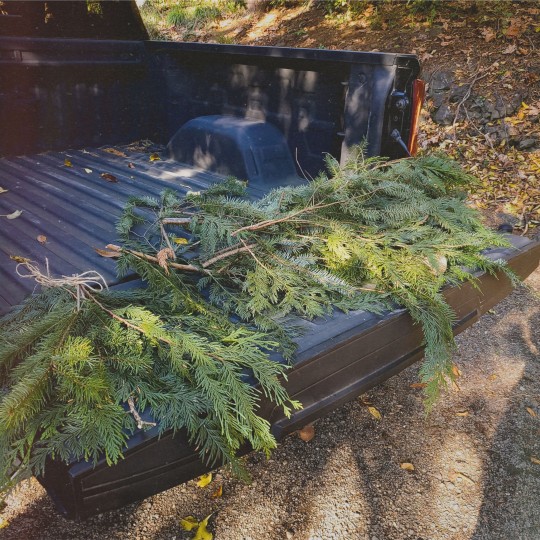
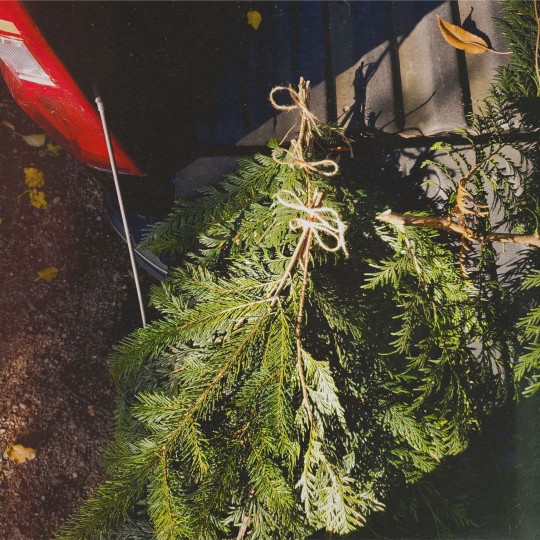



tis the season🧣
17 notes
·
View notes
Text
Twin Firs trail is a short loop almost 2 miles down the road from Longmire. For the national park, this is a lower elevation trail. Warning, it does get snow during the winter. But, as Spring comes back around Twin Firs is one of the first to melt out. While not the meadows of the subalpine, the forest wildflowers peep out shyly here giving you small jewels of color for your Springtime hike.

And really what’s not to love about this little 0.4 mile loop. Just 1 mile or so up the road from Kautz Creek, you park at the pull-out on the north side of the road. The trail heads up the hillside almost immediately, taking you away from the road and into this wonderful forest.
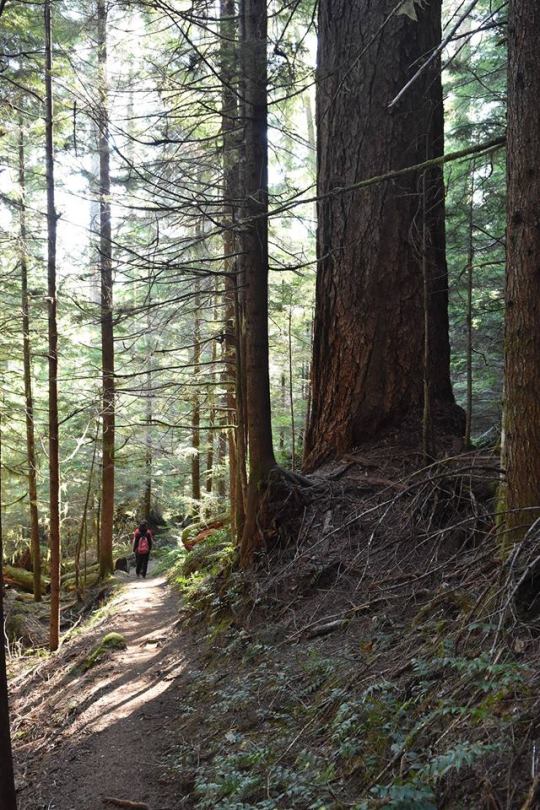
While the Twin Firs are no longer with us, this trail provides many gorgeous douglas-firs. And while you’re going up the hill and then down, you pass some lovely western hemlocks and western red cedars. Near the top of the loop, you cross a little creek. The peace and serenity are here can be wonderful.

Have you hike the Twin Firs trail? What is your favorite season for enjoying this little trail? How amazed were you by these amazing trees? ~ams

For more information on the trail, you can start with this webpage https://www.nps.gov/places/twin-firs-trailhead.htm . Check weather before hiking https://www.nps.gov/mora/planyourvisit/weather.htm. And please remember that tire chain requirements start November 1. For more information https://www.nps.gov/mora/planyourvisit/tire-chain-faq.htm .
These are not current photos but images from years past. NPS/Roundtree Photo. View from Twin Firs Trail looking up the trunks of some big trees. May, 2018. NPS/Roundtree Photo. Hiker on the dirt Twin Firs Trail beside tall trees. May, 2018. NPS/Spillane Photo. Creek tumbling down over rocks alongside fallen tree trunk. May, 2022. NPS/Spillane Photo. Violets blooming small yellow flowers along trail in May, 2022.
#encuentra tu parque#find your park#national parks#mount rainier#mount rainier national park#trees#hiking#trails#douglas fir#western red cedar#western hemlock
42 notes
·
View notes
Text
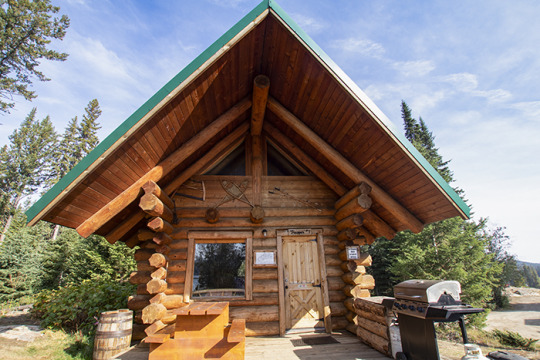

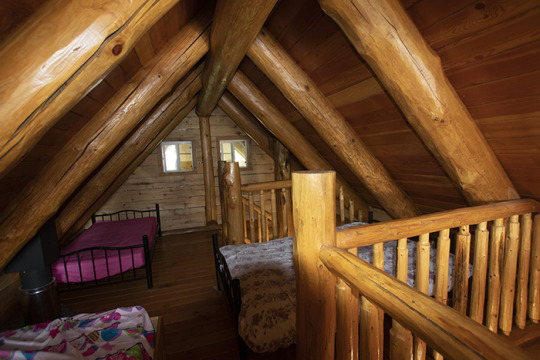
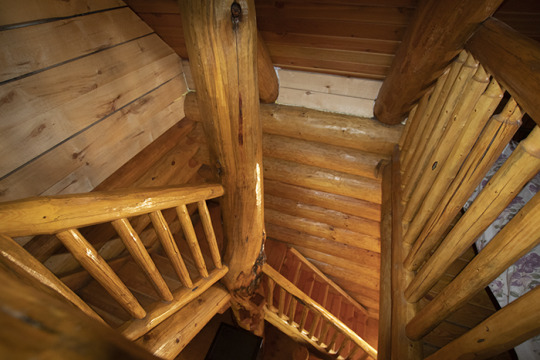
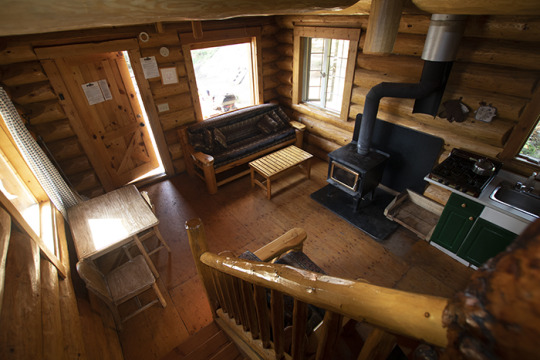
This week in Cascade Handcrafted News - June 25th is National Log Cabin Day and what it's all about.
15 notes
·
View notes
Photo

Guest Dallas
Inspiration for a large craftsman guest medium tone wood floor bedroom remodel with multicolored walls
3 notes
·
View notes
Text
I realized I do not put up enough of my nature photos despite my phone being filled to the brink with them! Here is some snapshots of all of my dear friends around here! (Plants are my friends except Himalayan blackberry who is lovely but DOES NOT BELONG HERE AND GIVES ME SO MANY SCRATCHES)
IDs and comments in alt <3
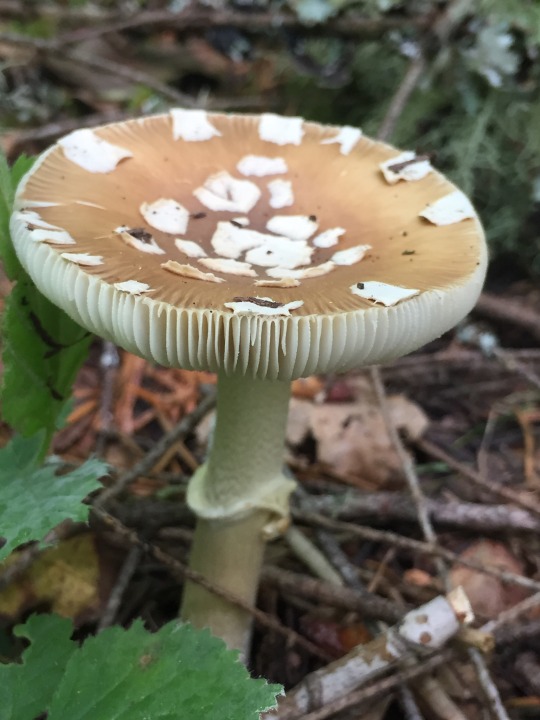



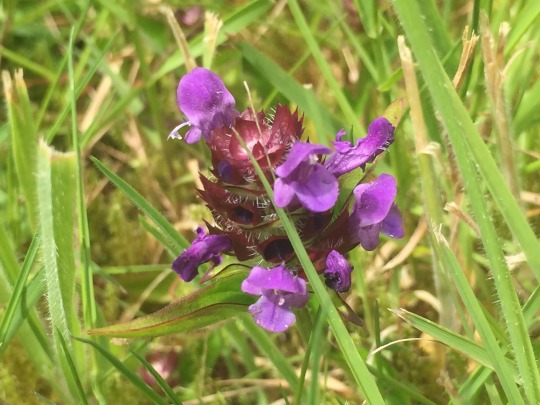
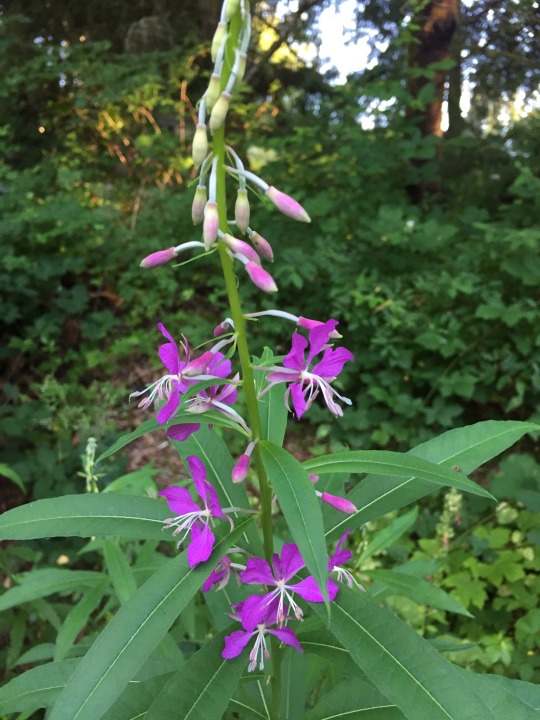
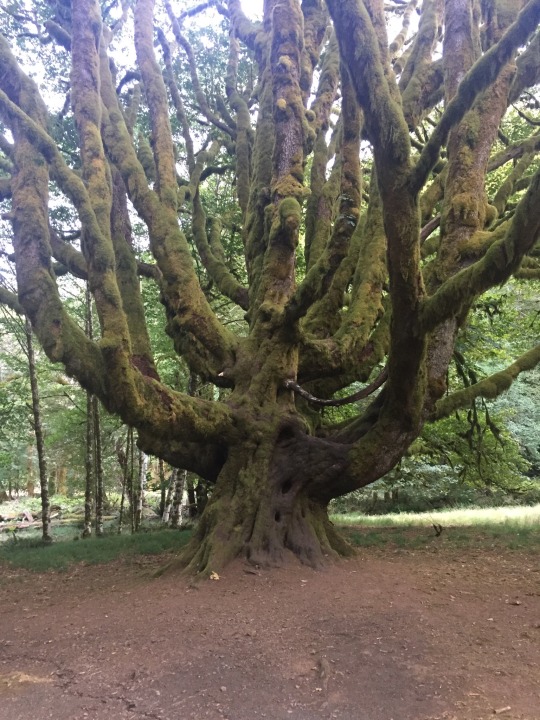
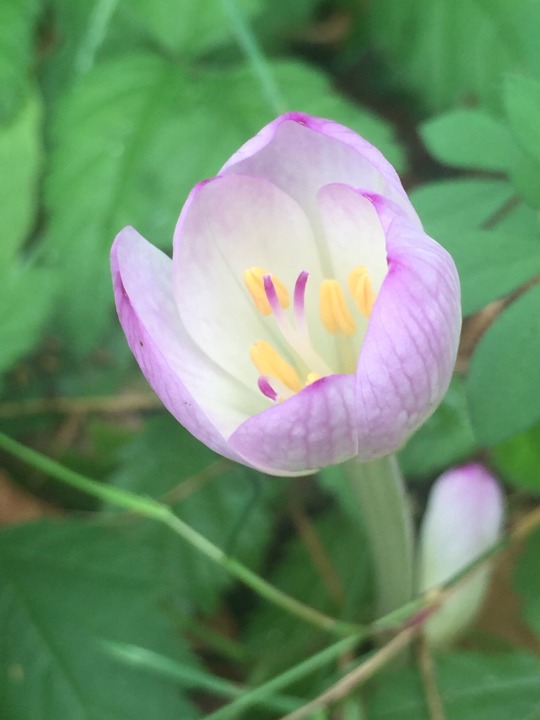

#nature#nature photography#crocus#sword fern#my photography#my photos#western red cedar#flowers#starflower#Pacific Northwest#my friends!
10 notes
·
View notes
Text
Shed/Cabin progress with the wolf

#cabin#timber frame#workshop#home made#woodworking#western red cedar#malamute#gsd#german shepherd#alaskan shepherd#dog
22 notes
·
View notes
Photo
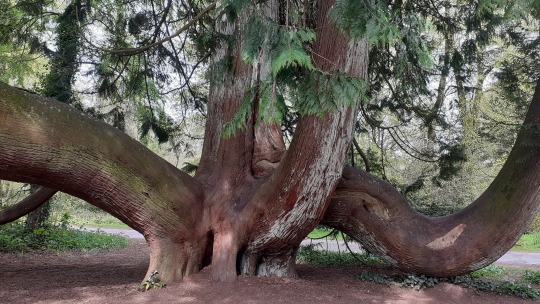
a gigantic western red cedar in Blarney Castle Gardens, Ireland
#photo#tree appreciation time#beautiful tree#cedar#western red cedar#blarney castle#gardens#park#thuja plicata
6 notes
·
View notes
Text

It’s Tell a Friend Friday!
Please enjoy this photo I took of one of many western red-cedar (Thuja plicata) seedlings I helped to plant at Willapa NWR last month.
Then tell someone you know about my work–you can reblog this post, or send it to someone you think may be interested in my natural history writing, classes, and tours, as well as my upcoming book, The Everyday Naturalist: How to Identify Animals, Plants, and Fungi Wherever You Go. Here’s where I can be found online:
Website - http://www.rebeccalexa.com
Rebecca Lexa, Naturalist Facebook Page – https://www.facebook.com/rebeccalexanaturalist
Tumblr Profile – http://rebeccathenaturalist.tumblr.com
BlueSky Profile - https://bsky.app/profile/rebeccanaturalist.bsky.social
Twitter Profile – http://www.twitter.com/rebecca_lexa
Instagram Profile – https://www.instagram.com/rebeccathenaturalist/
LinkedIn Profile – http://www.linkedin.com/in/rebeccalexanaturalist
iNaturalist Profile – https://www.inaturalist.org/people/rebeccalexa
Finally, if you like what I’m doing here, you can give me a tip at http://ko-fi.com/rebeccathenaturalist
#Tell a Friend Friday#TAFF#western red cedar#Thuja plicata#cypresses#cedar#trees#plants#nature#PNW#pacific Northwest#Willapa NWR#Willapa National Wildlife Refuge#volunteering#habitat restoration#restoration ecology
9 notes
·
View notes
Text

☀️Happy New Year to all!☀️
I've been on a little holiday break but back and working. Tonight I had a wonderful time drawing with Wild Whatcom so I hope you'll enjoy this piece of western red cedar as I work on new shop additions!
○●○●○●○●○●○●○●○●○●○●○
☀️Feliz Año Nuevo para todos!☀️
Tuve un descansito pero ya regreso a trabajar. Esta noche tuve un lindo tiempo dibujando con Wild Whatcom entonces ojalá les gusten este pedasito de cedro rojo del oeste mientras trabajo en nuevas cositas!
2 notes
·
View notes
Text

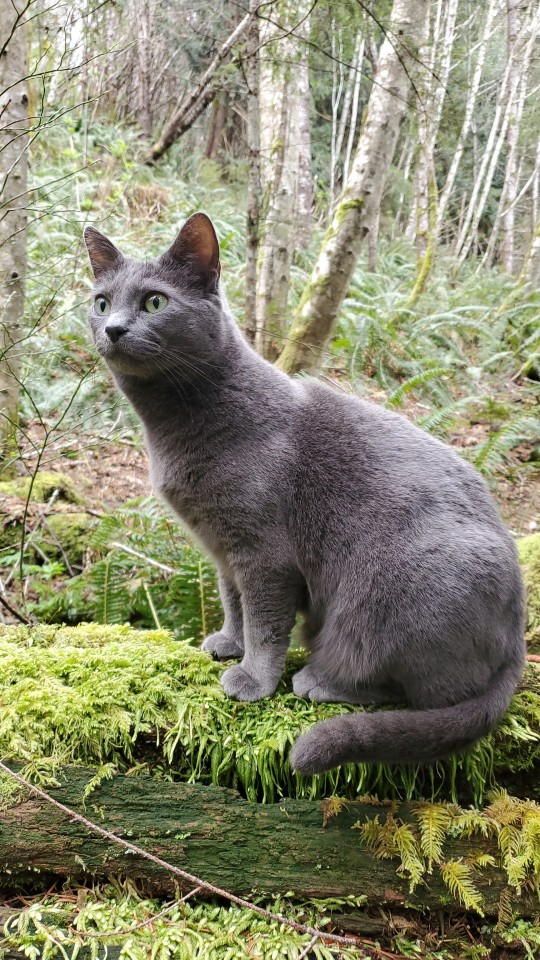
my adventure girl
32 notes
·
View notes
